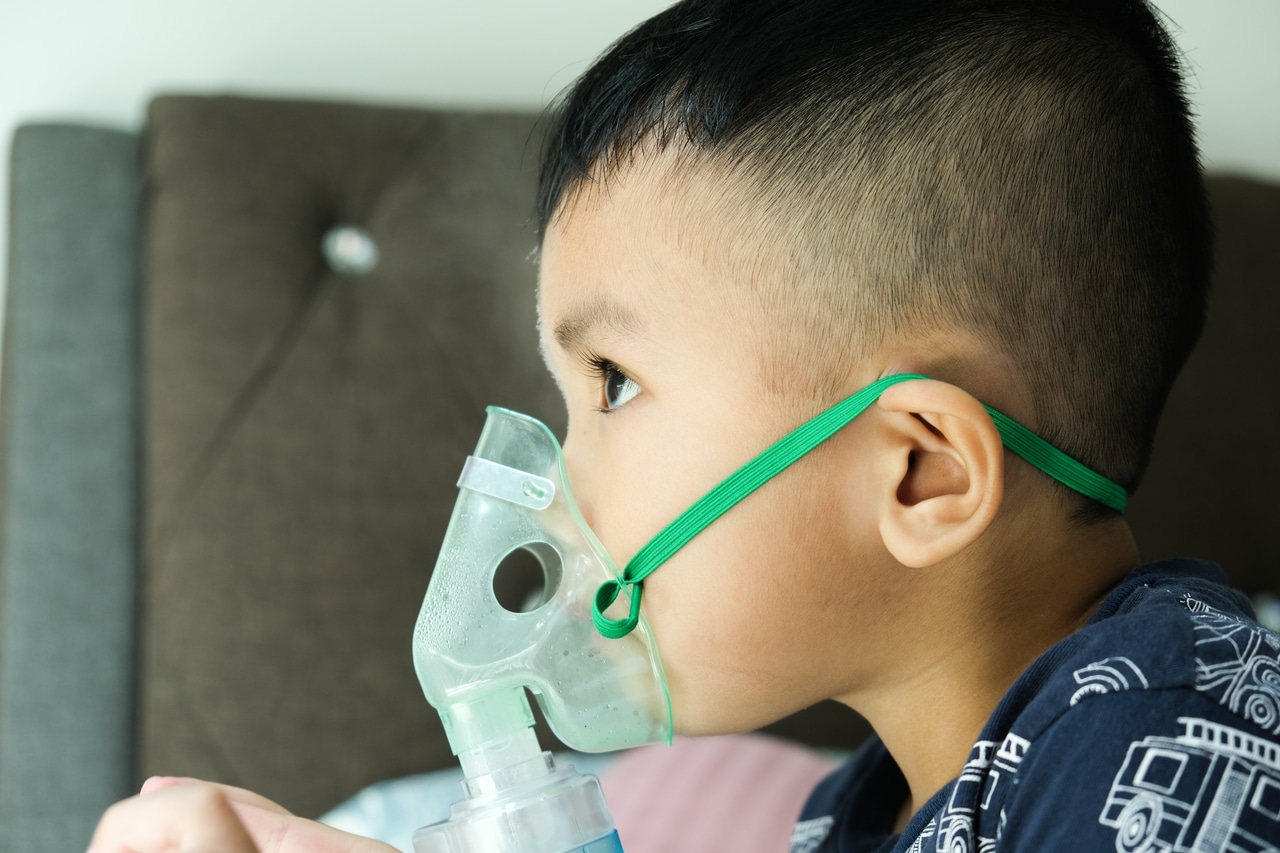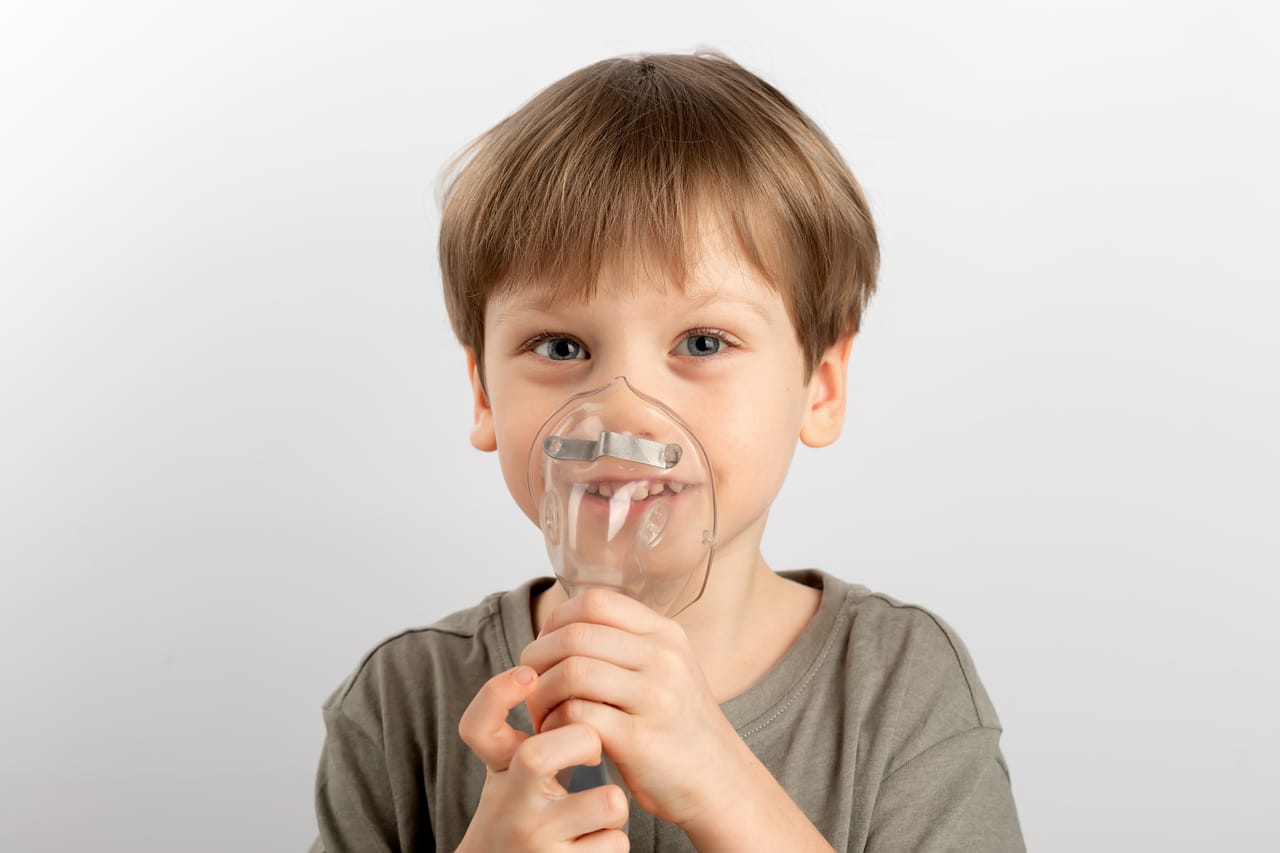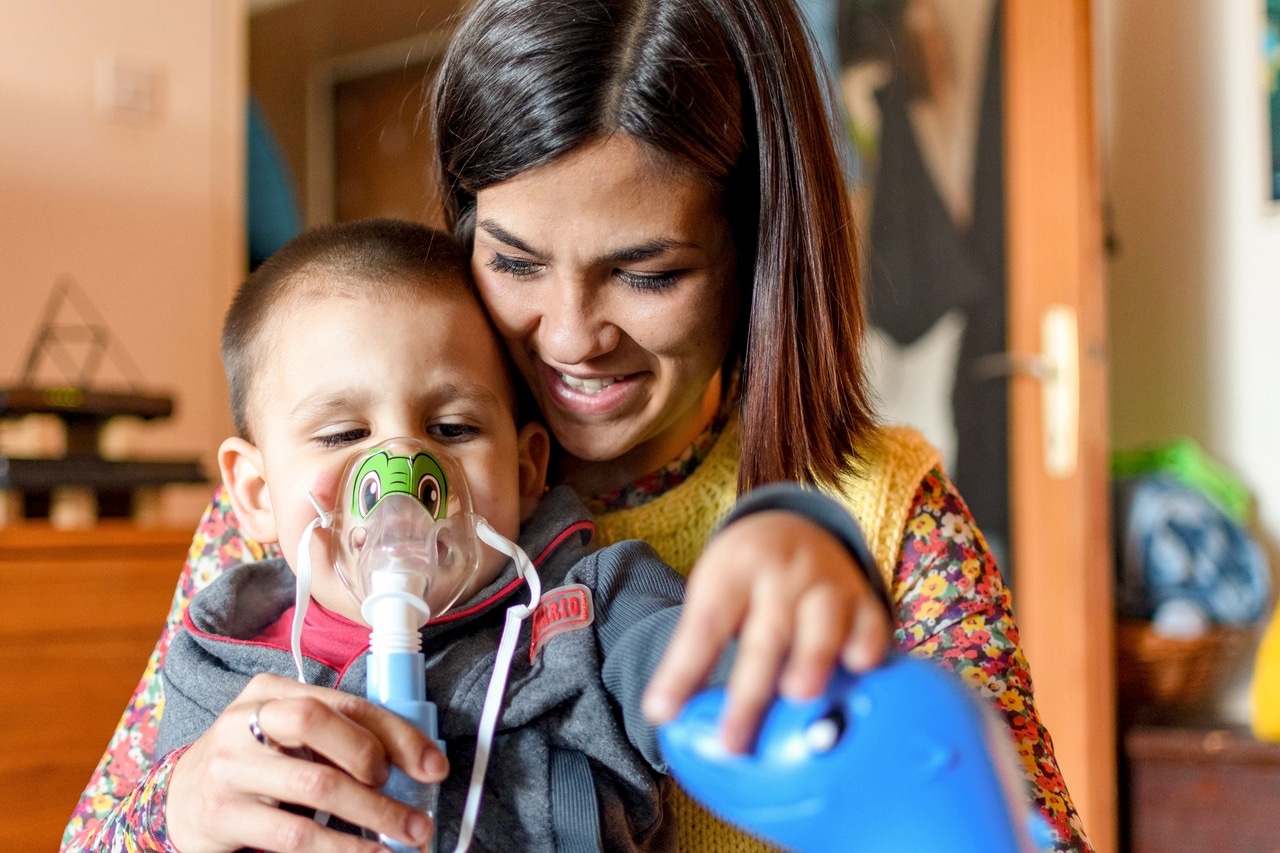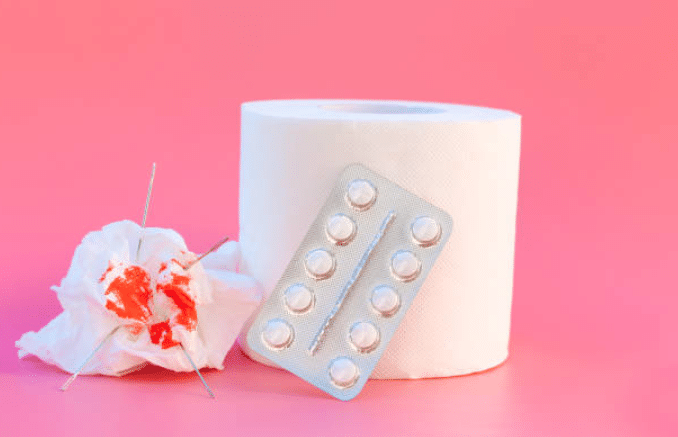A nebulizer is a medical device used to deliver medication directly into the lungs. This can be a beneficial treatment option for children who suffer from respiratory conditions such as asthma, cystic fibrosis, and bronchitis.
Nebulizers are commonly used in both hospitals and at home, providing an efficient and easy method of delivering medication to the lungs. Nebulizers provide relief from respiratory symptoms by delivering a fine mist of liquid medication directly into the airways.
The mist is then inhaled deeply by the patient, allowing for better absorption of medication than would be achieved through oral administration.
The most common type of nebulizer is a compressor-driven unit that uses compressed air to convert a liquid solution into an aerosol mist that can easily be inhaled through a mask or mouthpiece.
There are also ultrasonic models available which use high-frequency sound waves to transform the liquid medicine into a mist. Both types of nebulizers utilize air filters to prevent dirt and bacteria from entering the system during use. When using a nebulizer, it’s important to ensure that your child receives their full dose of medication each time they use it; this will help ensure optimum results from treatment.
To do this, you should always follow instructions carefully when preparing your child’s medication and check with your doctor if you have any questions or concerns about administering it correctly via a nebulizer machine.
You should also make sure that you properly clean and sterilize all components after each use according to manufacturer instructions; this will help reduce the risk of contamination and improve the effectiveness of treatments over time.
How to tell if your child needs nebulizer?

When it comes to your child’s health, it’s important to be able to recognize the signs and symptoms that indicate they may need a nebulizer. A nebulizer is a device used to deliver medication into the lungs through a mist of liquid particles.
It can help with breathing problems such as asthma or other respiratory issues. Knowing when your child may need one can help them get the proper treatment in order to prevent any further medical complications. The first sign of needing a nebulizer is frequent coughing, wheezing, and shortness of breath. These symptoms can present themselves in both mild and severe forms depending on your child’s condition.
If you notice these symptoms occurring more often than usual, then it could be a sign that your child needs a nebulizer. Other common signs include chest tightness or pain, difficulty speaking, rapid or shallow breathing, or difficulty sleeping due to breathing issues. If any of these are present for longer than two weeks then it’s time to seek medical attention for your child.
In addition to monitoring for physical signs and symptoms, there are some behavioral changes that you should watch out for if you think your child may need a nebulizer. This includes fatigue and lack of energy due to difficulty breathing; decreased activity level; irritability; difficulty concentrating; poor sleep quality; and frequent headaches caused by low oxygen levels in the body.
If you notice any of these behaviors in addition to physical signs like coughing or wheezing then it’s time to take action and get medical attention right away. If you suspect that your child may need a nebulizer then it’s important to have them evaluated by their doctor as soon as possible so they can receive the proper treatment.
The doctor will do an assessment which includes listening closely for any abnormal sounds during inhalation/exhalation; taking blood tests; performing spirometry tests (measures lung function); assessing peak flow rate (measures how much air comes out during exhalation); conducting allergy testing if needed; ordering imaging tests such as X-rays or CT scans if necessary; and finally prescribing medications such as bronchodilators, anti-inflammatory drugs, corticosteroids etc., depending on what they find from their exam results and tests results.
It’s also important that you follow up with the doctor regularly after receiving treatment with a nebulizer so they can monitor how well it is working and make adjustments if necessary based on how your child is responding over time. It’s also essential that you educate yourself about the potential side effects associated with using this type of device so that you know what warning signs look out for in case something does go wrong while using one at home or school setting etc.
With proper care and monitoring from both parents/caregivers and healthcare professionals alike, using a nebulizer can provide relief from various respiratory conditions to children.
How do you prepare the nebulizer for your child?

If your child has been prescribed a nebulizer treatment, it’s important to know how to properly prepare and use the device in order to ensure an effective therapy session.
The first step in preparing the nebulizer for your child is to make sure that all of the parts are clean before each use. It’s recommended that you wash the mouthpiece, mask or tubing with warm water and soap after every treatment session. Allow them to air-dry completely before using again. You should also check for any cracks or tears which could lead to medication leaks during therapy sessions. Inspect all hoses and connectors for any signs of damage as well.
Once everything is cleaned and inspected, you will need to prepare the medication according to your doctor’s instructions. Most medications need to be diluted with sterile saline solution prior to being placed in the nebulizer cup. Check that the correct amount of diluent has been added by measuring it against markings on either side of the cup or per instructions from your physician.
Once you have confirmed that everything is correct, fill up the cup with distilled water up until just below where indicated by your doctor or manufacturer’s directions (usually indicated by an arrow).
Next, carefully remove the cap from your medication vial and measure out an appropriate dose using a dosing syringe or dropper (if provided). Place this into the medicine cup containing distilled water and stir gently until dissolved completely.
Make sure not to overfill so that there is enough room for air when inhaled through a mask or mouthpiece later on. You can now attach all components together – plugging in any power cords if necessary – but do not turn it on just yet.
Once everything is connected correctly, place either a mask or mouthpiece onto your child’s face depending on their preference/need while making sure all straps fit snugly around their head so no vapour escapes during inhalation time. Then have them take deep breaths. This will ensure proper delivery of medicine straight into their lungs.
Finally, turn on the machine at full speed once they have taken several breaths already; keep monitoring them throughout their entire session until finished (usually 10 minutes). At this point turn off power source immediately as soon as they finish inhaling; then disconnect all components from each other afterwards in preparation for cleaning after therapy ends.
By following these steps closely you can help ensure that your child receives safe and effective nebulizer treatment










![Home Renovation Guide [2025]](/app/uploads/2021/04/design-hacks-1-378x300.jpg)
